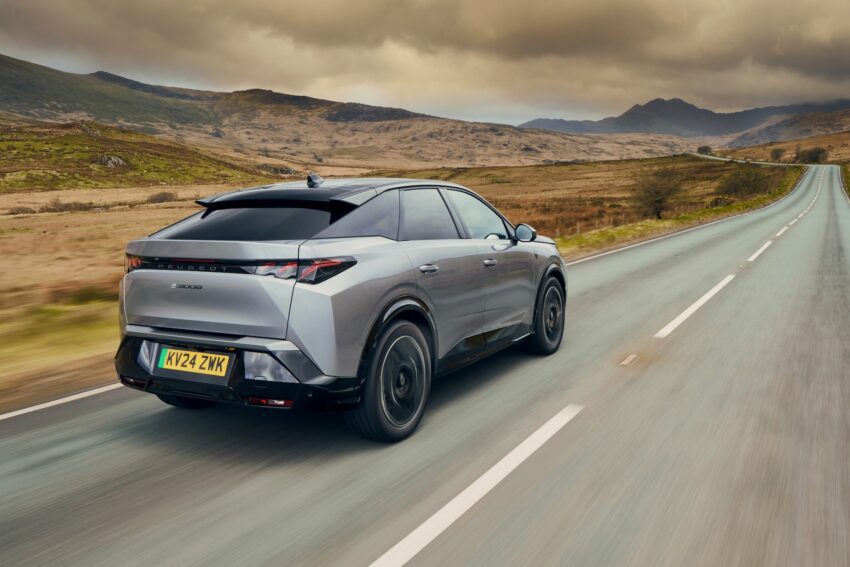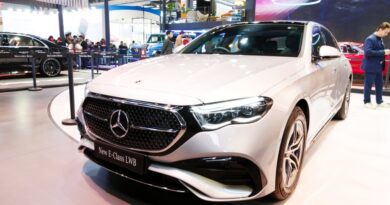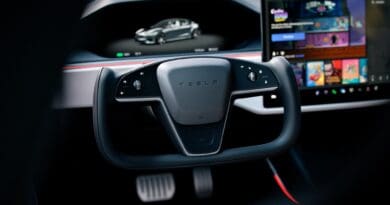
Driving Green Without Changing Your Routine
Hybrid cars have become a practical stepping stone for drivers looking to reduce their environmental impact without completely changing their routines.
Combining traditional combustion engines with electric motors, these vehicles offer a balance that appeals to those not quite ready for fully electric transport. The technology has developed significantly in recent years, making hybrid options increasingly accessible to everyday motorists.
Learning how hybrid cars work doesn’t require an engineering degree. At their core, these vehicles use two power sources working together, a conventional petrol engine and an electric motor with battery. This dual-system approach allows the car to switch between power sources or use them together, depending on driving conditions and speed. The result is generally improved fuel efficiency and lower emissions compared to standard petrol vehicles.
What Makes Hybrid Cars Different From Standard Vehicles
Hybrids differ from standard petrol or diesel vehicles through their dual power system. Conventional cars run solely on an engine, while hybrids can switch between electric and petrol power. This enables electric travel when conditions suit. Drivers seeking efficient options can review the best hybrid cars for UK drivers for their needs.
Hybrid technology has become increasingly familiar across Britain. The Toyota Prius introduced this concept to many drivers, and improvements in battery technology have helped more people consider hybrid vehicles as a practical option.
Transitional Role of Hybrids in the UK Market
In the UK, hybrids support those wanting reduced fuel use but not ready for fully electric vehicles. More drivers now choose hybrids over traditional petrol or diesel cars. For those concerned about charging access or long journeys, hybrids offer lower emissions with fewer worries.
Some expect large savings without changing habits. However, hybrids perform best with smoother driving. Harsh acceleration or sudden braking reduces efficiency. Gentle acceleration and careful braking can help maximise energy recovery and minimise fuel costs.
Advantages of Dual Powertrains Over Pure Combustion
Hybrids do well in varied driving conditions. Urban driving allows electric operation and energy recovery, reducing pollution and fuel use. For longer journeys, the petrol engine provides consistent power, with smooth transitions between power sources.
Not all hybrids need external charging. Most British models are self-charging, using braking and engine power to recharge. Plug-in versions allow home or workplace charging for extended electric-only range.
The Mechanics Behind Modern Hybrid Technology
Regenerative braking is at the centre of hybrid systems. When braking, the electric motor becomes a generator, capturing energy for the battery. This preserves power that would otherwise be lost, making it available for slow-speed driving in congested areas.
Onboard computers continually monitor energy needs. At steady speeds or when slowing, electric power often takes over. Higher speeds or motorway driving activate the petrol engine. This ongoing management helps ensure efficient use of both power sources.
Three main hybrid types exist. Mild hybrids feature a small electric motor that assists but cannot power the car alone. Full hybrids enable brief electric-only travel. Plug-in hybrids contain larger batteries for extended electric driving, ideal for city use.
Modern hybrids typically use lithium-ion batteries that work better than older technologies. These store energy from braking, while plug-ins also charge externally. Regular servicing maintains battery health and performance. Manufacturer websites offer detailed explanations of their specific hybrid systems.
Real-World Benefits Beyond Environmental Impact
Cost Savings and Lower Tax Liabilities
Fuel economy represents a key benefit for UK motorists. Hybrids generally achieve better efficiency than conventional vehicles. This can create savings for regular drivers, though actual amounts vary by usage pattern and model.
Lower carbon emissions can reduce annual road tax. The cleanest hybrids may qualify for the best reductions. Company car drivers may benefit from more favourable tax rates with qualifying models. Choosing low-emission options can help to maximise these advantages.
Practical Ownership Advantages and Maintenance Savings
Hybrid braking systems often reduce wear on components. Regenerative functions handle part of the stopping effort, which can potentially extend component life. Regular servicing remains essential for optimal performance.
Self-charging hybrids suit those without convenient charging access. Flat dwellers and those in older homes can refuel normally at petrol stations. This flexibility helps UK drivers without reliable local charging infrastructure.
Making the Switch: Practical Considerations
Hybrids provide quiet, smooth power at lower speeds thanks to electric operation. Well-designed systems transition seamlessly between power sources. Most drivers quickly get used to dashboard displays showing energy flow, supporting improved driving habits.
Smoother driving techniques bring added benefits. Gentle acceleration and progressive braking optimise energy recovery. Monitoring usage displays helps drivers see how careful driving can reduce fuel consumption.
Efficiency in Different Driving Environments
Hybrids perform well in urban settings with frequent stops. Electric mode operates most in towns, reducing noise and emissions. On motorways, the petrol engine does more work, though the system still manages resources effectively.
Harsh acceleration or sudden braking reduces energy recovery. Drivers who anticipate traffic flow and use gentle inputs can help batteries recharge between stops. This approach may reduce fuel station visits and encourages economical driving habits.
Hybrid Limitations and Future Developments
Current Technology Limitations
Hybrids still use petrol, preventing zero-emission status. The combination of engine and battery components adds weight and may reduce boot space. Both electric and petrol systems need regular maintenance.
Plug-in versions offer more electric-only range but cannot match full electric vehicles. Where home charging isn’t available, self-charging hybrids often suit current infrastructure better.
Trends and Policy Shifts
Battery and software improvements continue to increase hybrid efficiency. Some manufacturers are testing solar panels for additional charging. These developments may help extend electric range for local journeys.
The UK plans to end new petrol and diesel car sales from 2030. Some hybrids have an extension until 2035. During this period, many drivers use hybrids as a step toward electric motoring. Staying informed about policies helps when planning vehicle purchases.
Hybrid cars offer a practical approach for UK motorists seeking lower emissions without major lifestyle changes. For those wanting both environmental benefits and familiar driving experiences, hybrids bridge the gap. Careful use brings financial and practical advantages, supporting greener travel throughout Britain.





